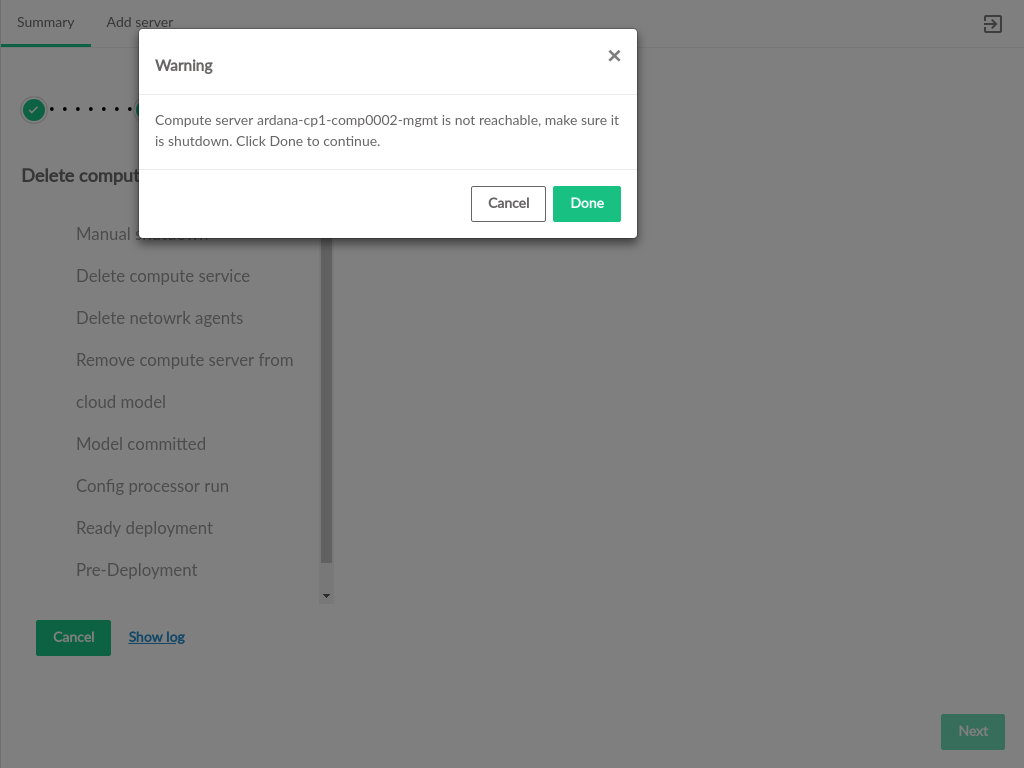

All of them installed fine until I got to the Kernel-Mode Driver Framework version 1.11 update.

Windows 7 RTM installed fine and I spent a whole day downloading updates (good lord there are a lot of them!) leading up to the SP1 update.

So I then got the idea to install Windows 7 RTM and update it to SP1 manually. I ran memtest 86 and it found no memory errors. I tried numerous times to do a clean install of Windows 7 SP1 and when it gets to the last part of the installation where it reboots Be especially careful to set the highlighted checkmarks.I have been trying to do a clean install of Windows 7 SP1 on an old Dell Dimension 8400. \ServiceUI.exe -process:tsprogressui.exe X:\Windows\System32\WindowsPowershell\v1.0\powershell.exe -ExecutionPolicy Unrestricted $scriptĭefine a package using the settings outlined below.

# This is a wrapper for SCCM – use as a package source with the real script as an argument.
A copy of the ServiceUI.ps1 script (source below). A copy of ServiceUI.exe from a MDT server / installation media. This directory will need to contain a few files to function. My example uses \\patches\applicationsource\driverselect This post details how to do so using a Deployment Package and a PowerShell deployment script in MDT 2012 and above.Ĭreate a network share with read access for the SCCM access account. When using SCCM there may be times that you want to have a PowerShell window be able to interact with the user session without going to a full blown MDT task sequence. If this setting is longer than the service window your update will not install. You need to use your site name and set the execution policy to a reasonable number. Note that you do need to have the MS PowerShell Cmdlets for System Center installed for this to work. Get-CMSoftwareUpdate -Name “*Security Monthly Quality Rollup*” | Set-CMSoftwareUpdate -MaximumExecutionMinutes 999 Get-CMSoftwareUpdate -Name “*Security and Quality Rollup*” | Set-CMSoftwareUpdate -MaximumExecutionMinutes 999 Import-Module “C:\Program Files (x86)\Microsoft Configuration Manager\AdminConsole\bin\ConfigurationManager.psd1” This can be fired using a scheduled task on your master SCCM server. The following PowerShell code will find and increase the runtime without any issues. Since there isn’t any universal way to set this timeout value nor any option in the UI I’m whipping out my powershell kung fu. This translates to “Software update execution timeout” The message in Software Center or deployment logs looks like this. The default 10 minute runtime for SCCM 2012 is becoming more and more of an issue, especially for scaled down single purpose servers. With the new servicing model from MS the each individual update is taking longer to run.








 0 kommentar(er)
0 kommentar(er)
